Here’s When To Feed Your Pond Fish…
Understanding Your Pond Fish’s Dietary Needs
The Right Time to Start Feeding
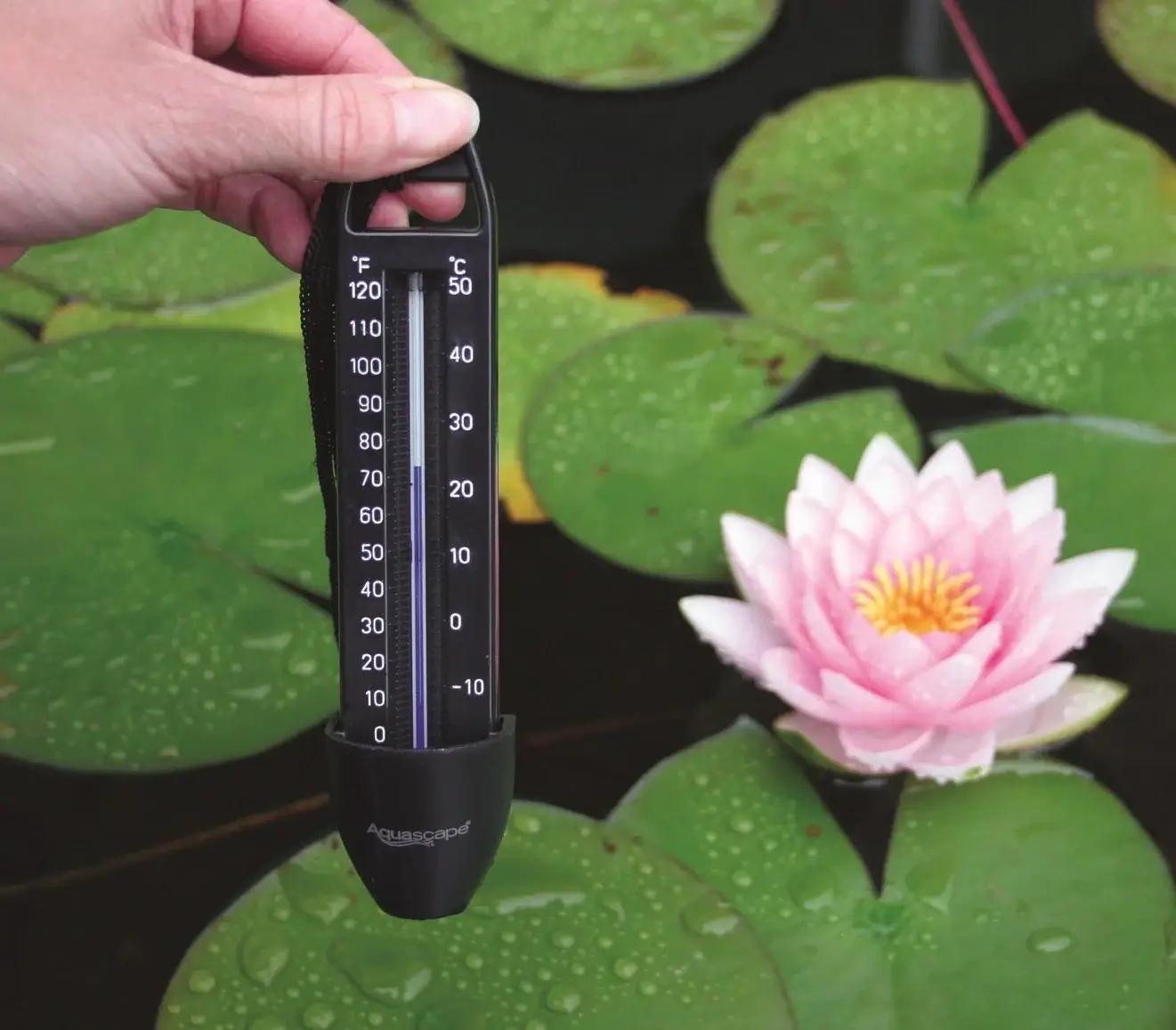
1. Monitor Water Temperature: The key factor in determining when to start feeding your pond fish is the water temperature. Fish become less active and require less food as water temperatures drop. It’s generally safe to start feeding your fish when the water consistently stays above 50°F (10°C). Below this temperature, their digestive systems slow down significantly, making it hard for them to process food properly.
2. Gradual Introduction: Once water temperatures are consistently above 50°F, you can begin to gradually introduce food into their diet. Start with light, easily digestible foods like wheat germ-based pellets. These are ideal for transitioning fish from a period of low metabolic activity to more normal levels.
3. Spring Feeding: In spring, when water temperatures rise steadily, your pond fish will start to become more active. This is an indication that it’s a good time to begin feeding. However, start slowly to avoid overfeeding, as their digestive systems are still warming up.

4. Observe Fish Behaviour: Pay attention to your fish’s behaviour. If they’re active, coming to the surface, and showing interest in food, it’s a good sign that they’re ready to start feeding.
Related Articles:
- How Many Fish Should I Keep In My Pond? Everything You Need To Know…
- Can I Fill My Pond With A Hosepipe? Here’s What you didn’t know!
- Pond Season Returns, Are You Prepared?
- The Ultimate Guide to Koi Pond Fish: A Comprehensive Handbook on 12 Exquisite Varieties
Feeding Tips for Optimal Health
• Choose the Right Food: As the season progresses and temperatures increase, gradually shift from wheat germ-based foods to higher protein feeds to support growth and vitality.
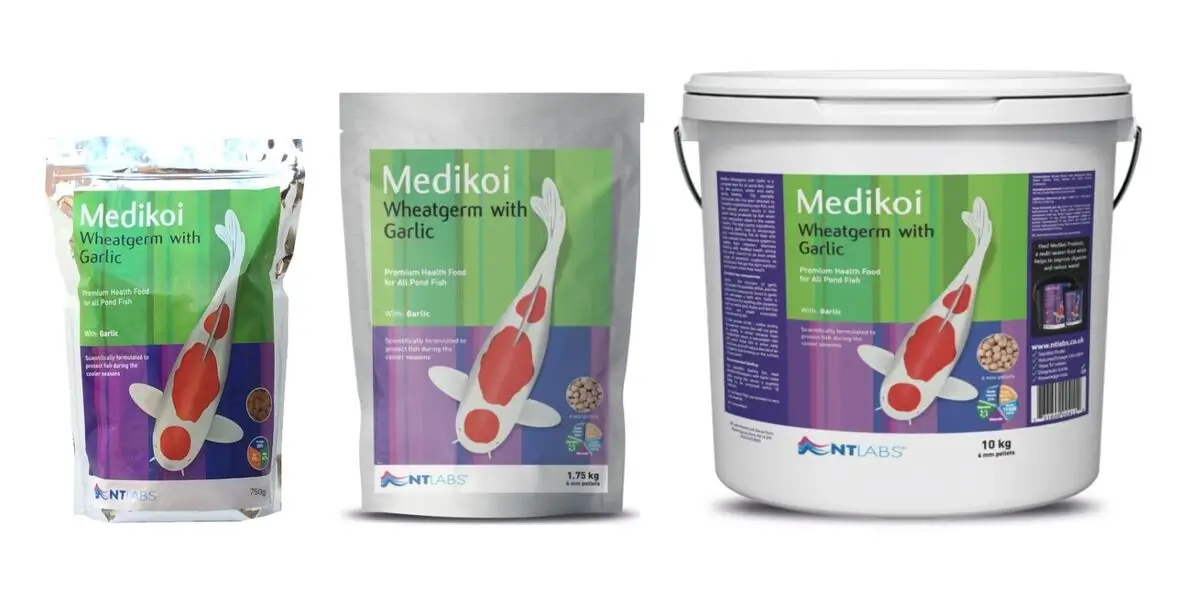
• Frequency and Amount: Initially, feed once a day or even once every other day in small quantities they can consume within 5 minutes. As temperatures rise and fish appetite increases, you can gradually increase feeding frequency and amount.
• Avoid Overfeeding: Overfeeding can lead to water quality issues, including algae blooms and oxygen depletion, which can harm fish health. Ensure all food is consumed within a few minutes, and remove any uneaten food from the pond.
• Water Quality: Maintain good water quality by regularly checking and adjusting as necessary. Good water conditions are crucial for fish health, especially during feeding times when waste can accumulate more rapidly.


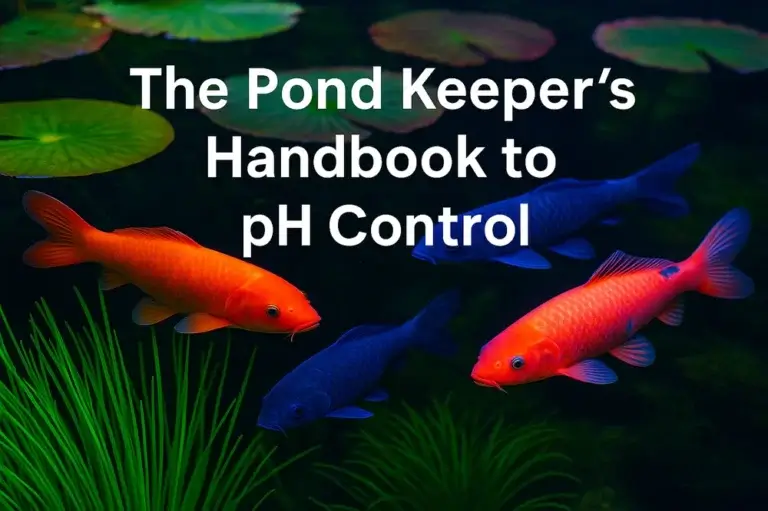

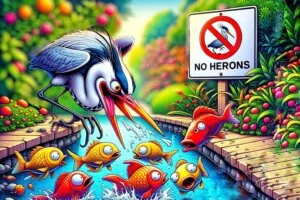

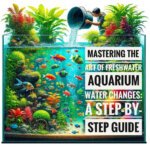

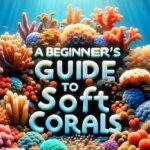
Hi there! I simply would like to give you a huge thumbs up for your great
information you’ve got here on this post. I’ll be returning to your site for more soon.